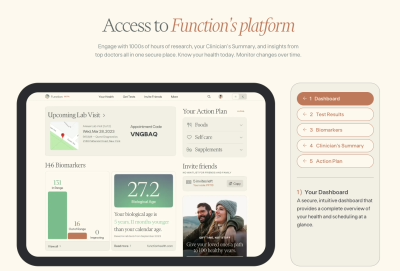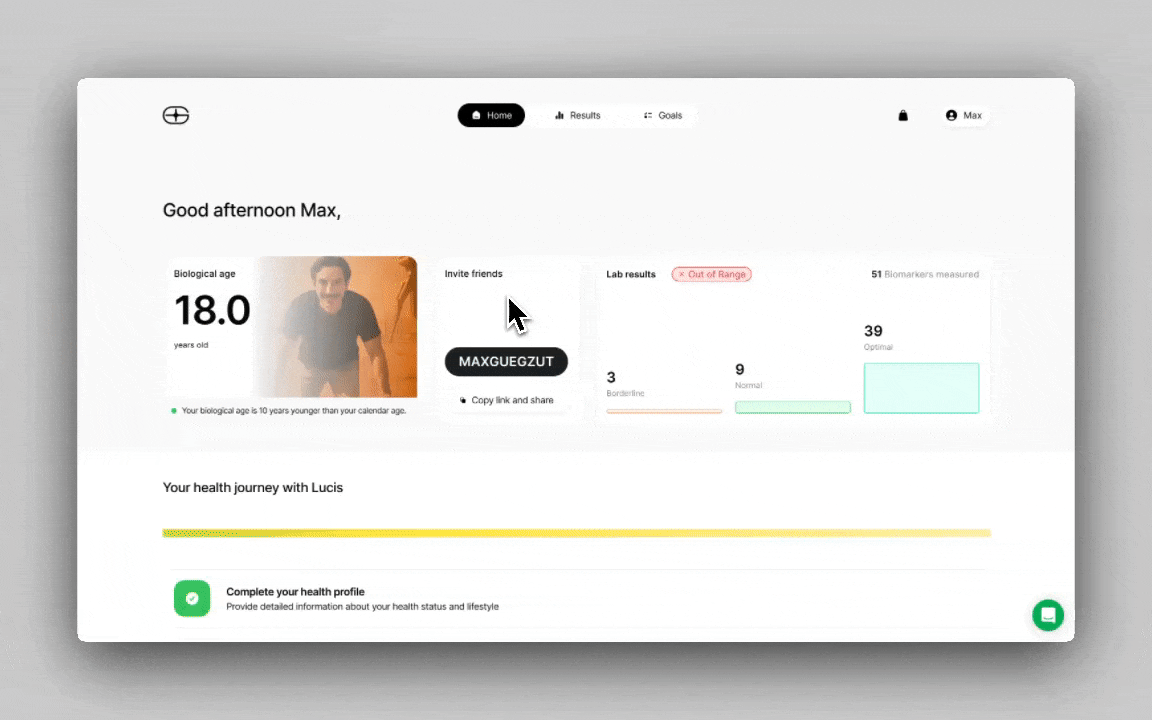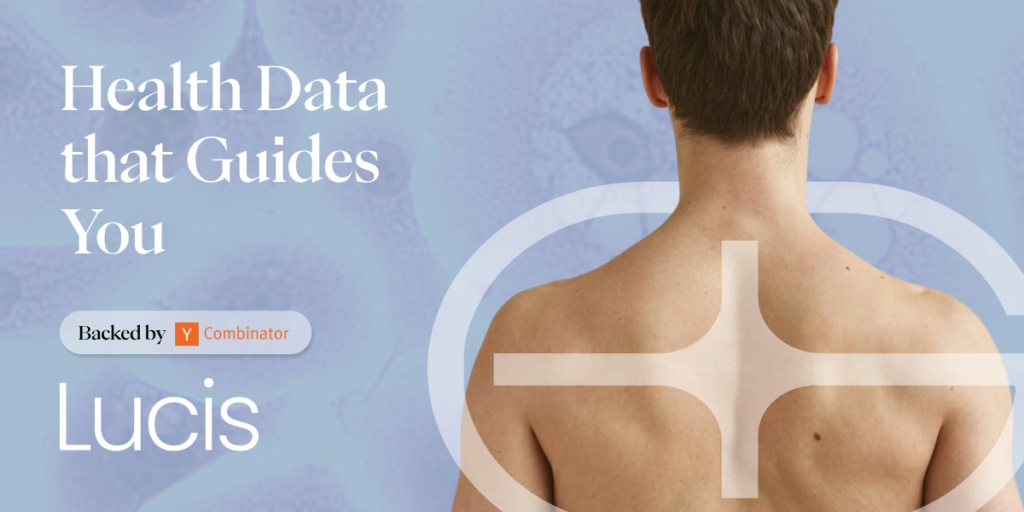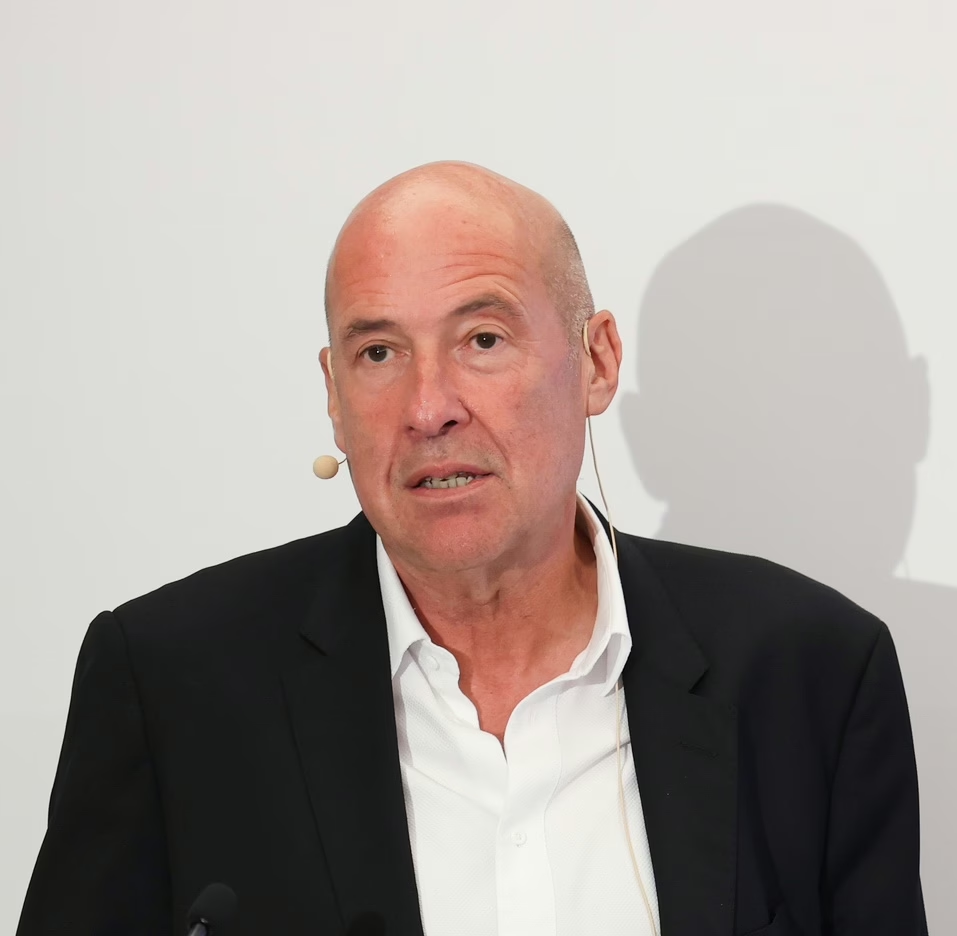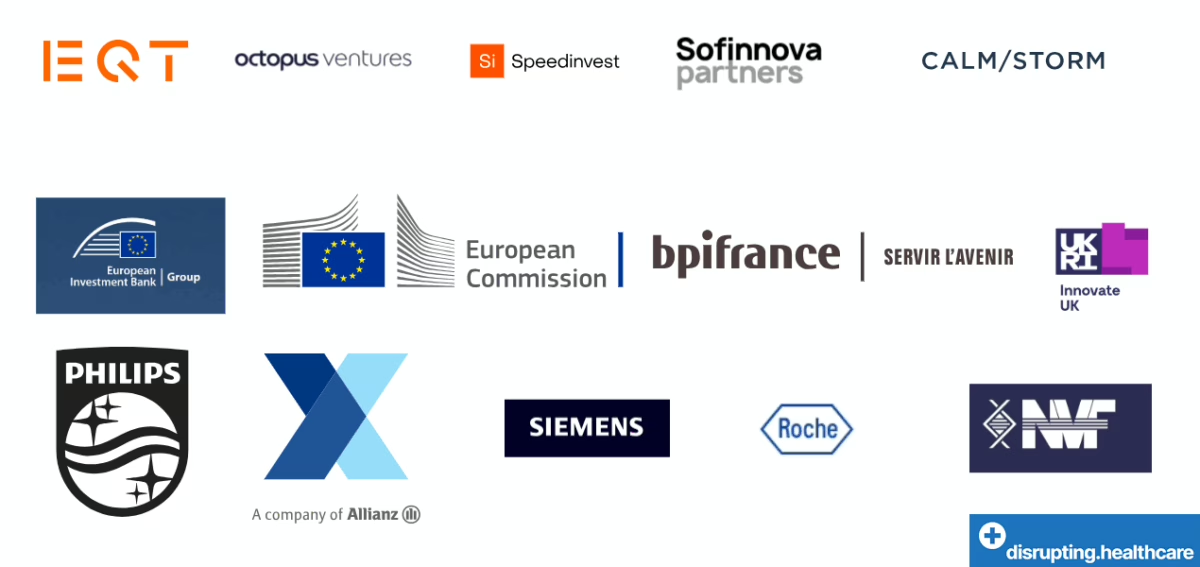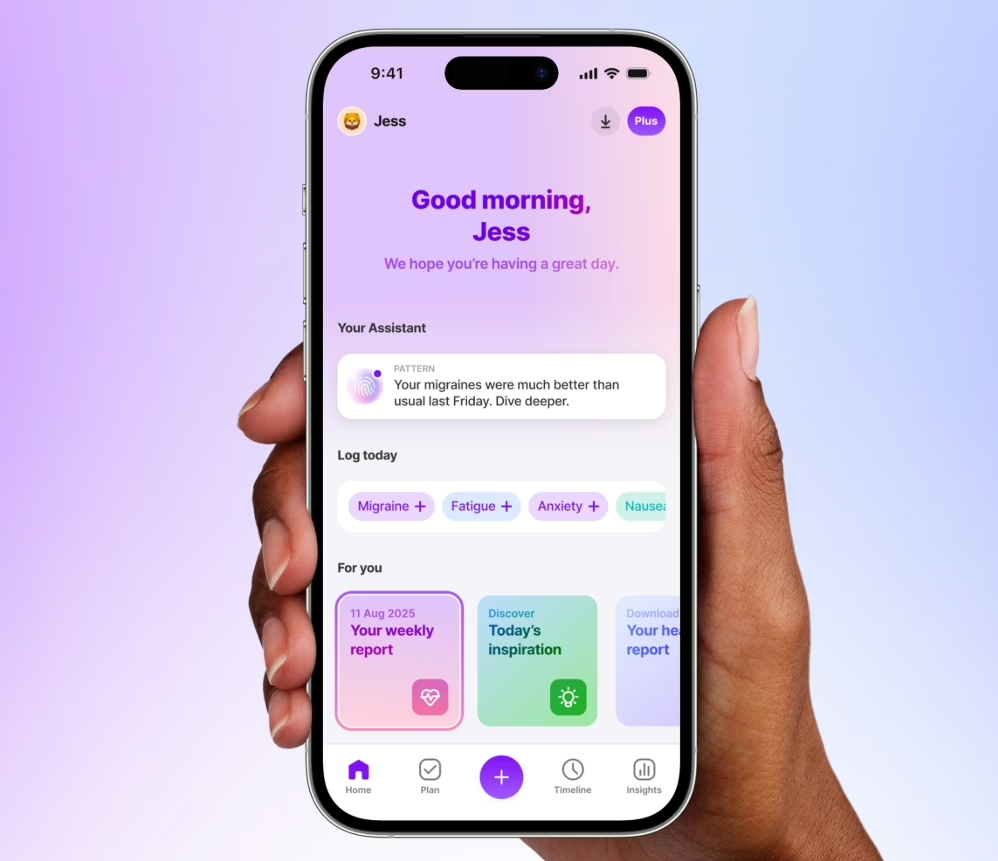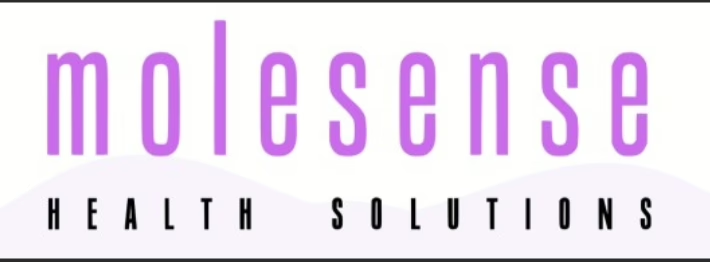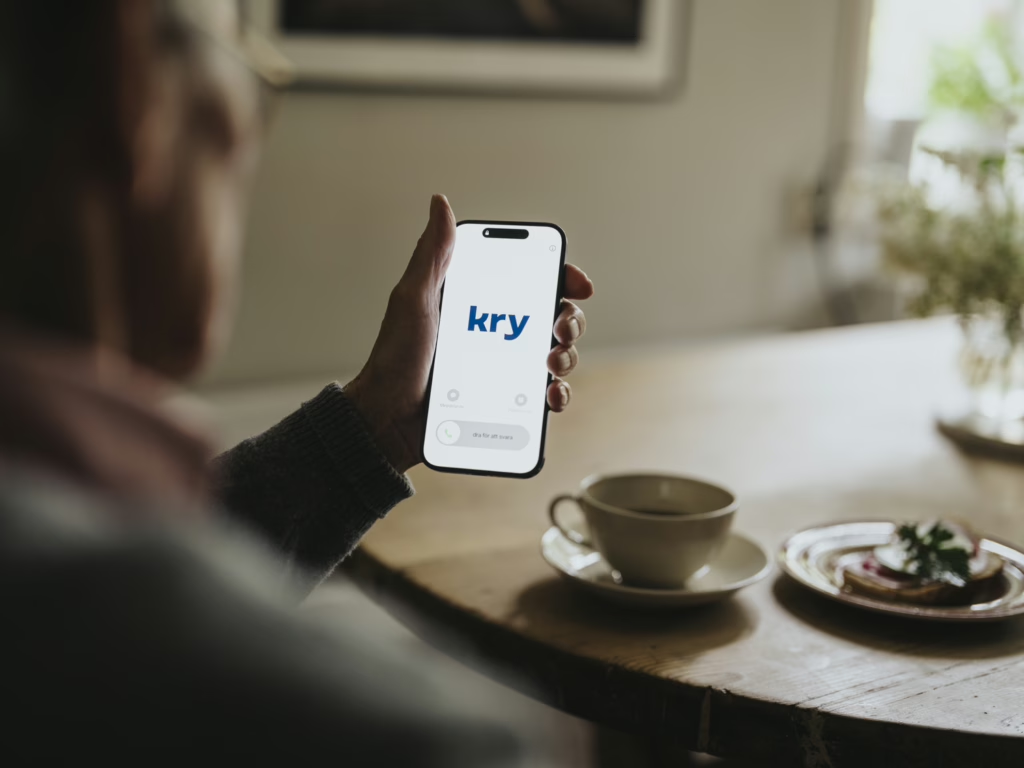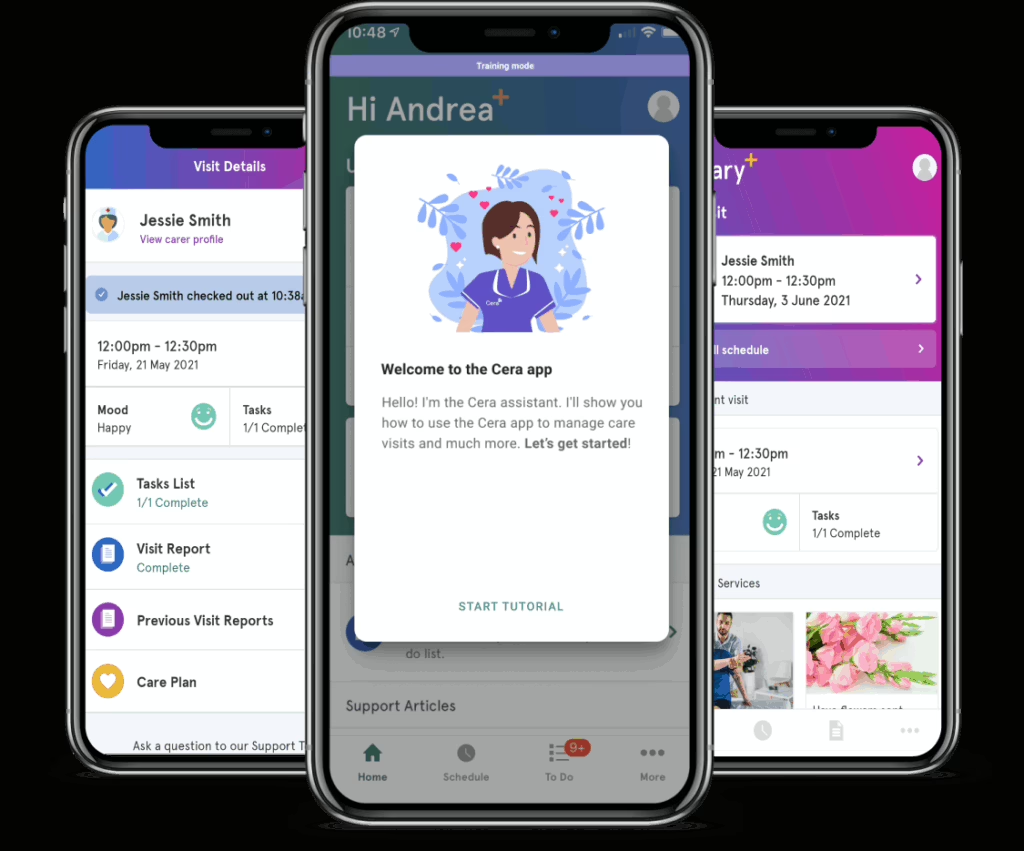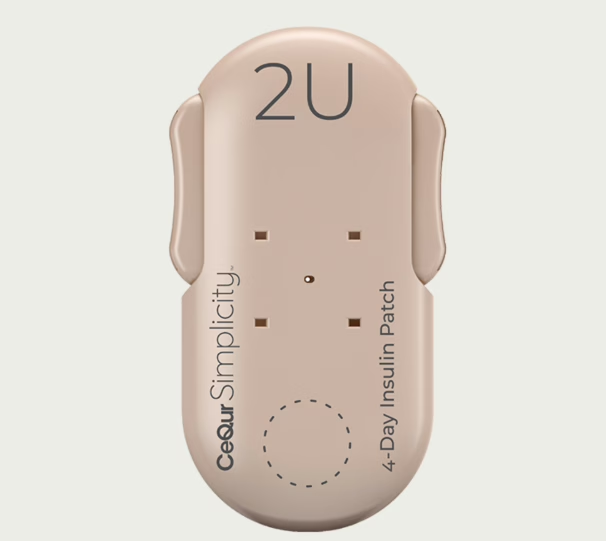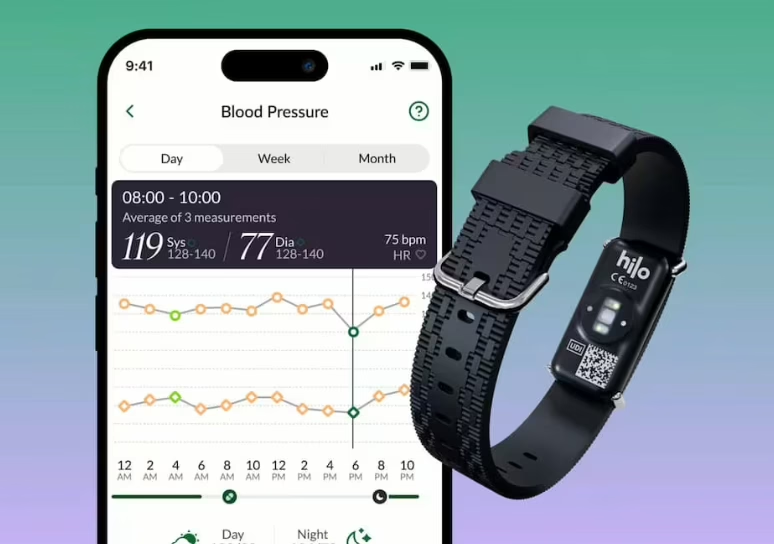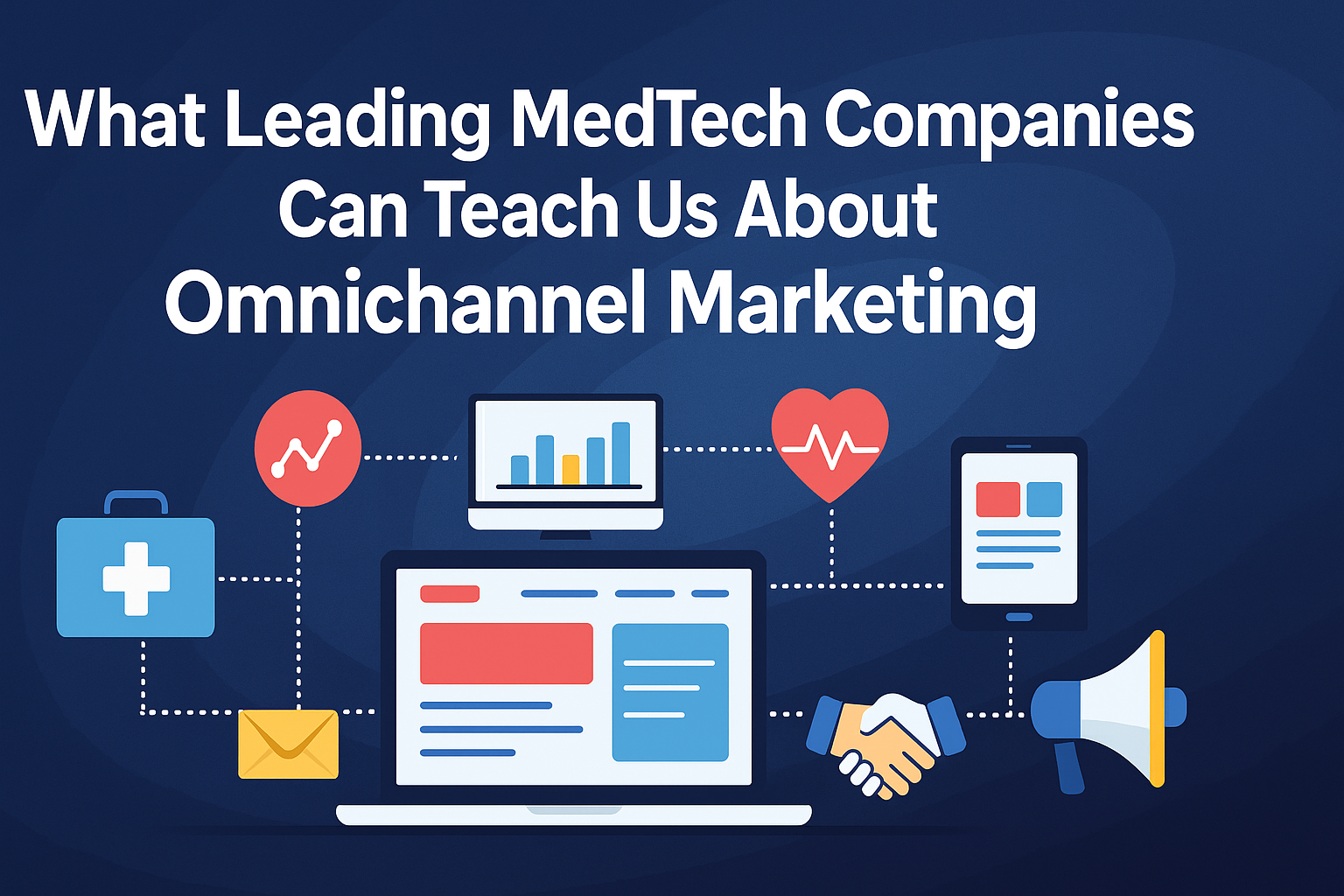The paradigm in healthcare is shifting: instead of “see a doctor when things go wrong”, some start-ups are betting the future lies in “continuous health monitoring for when things haven’t yet gone wrong”. The US model is blazing ahead; Europe is watching with interest and caution.
The US playbook: Function Health
Here’s the rundown for Function Health (Function) in the U.S.:
Strong traction and funding: A beta release in April 2023 reportedly hit ~50,000 paying members and >200,000 on the waitlist. They also closed a Series A backed by top-tier investors including Andreessen Horowitz.
Founded in 2021 (co-founded by Mark Hyman among others) to deliver a membership-based platform offering 100+ biomarker blood tests (and more) twice a year.
Members book tests at lab partners (over 2,000 locations via a partnership with Quest Diagnostics) and then receive reviews and insights from clinicians.
The promise: shift from reactive healthcare (“you’re sick, so treat”) to proactive (“monitor biomarkers, spot trends, intervene earlier”). As described by Function: “Health is not one test — it’s a pattern.”
Why this matters commercially
- The business model: subscription + diagnostics + insights. Recurring revenue, high-engagement, measurable service.
- The branding is consumer-centric: not “see a doctor”, but “stay ahead of trouble”.
- From a marketing/omnichannel viewpoint: digital sign-up, lab booking network, data dashboards, membership renewal incentives.
- The value proposition: for individuals willing to pay out-of-pocket, it aligns with performance, longevity, optimisation.
But there are caveats
- The price point (~US$499/year for the basic membership) presumes consumers will pay for diagnostics out-of-pocket, outside insurance.
- Some critics point out the risk of over-testing, consumer confusion, and “actionability” being less clear than the marketing suggests.
- The model thrives in a U.S. environment: high out-of-pocket health spending, fragmented insurance, willingness to pay for wellness. Europe is different.
Europe: Similar plays, but different context
Enter Lucis, a Paris-based start-up positioning itself as “Function Health for Europe”.
Key points:
- Lucis offers comprehensive blood testing plus AI-driven insights and personalised recommendations.
- They claim to have achieved ~$400k ARR in Paris within four months, partnered with major lab networks in France, and are expanding to multiple European countries.
- Their value chain: partner labs (for analytical quality), encrypted GDPR-compliant data, medical team review, actionable results.
Why this is noteworthy for European commercialisation
- Reflects an appetite for preventive diagnostics beyond wearable devices and wellness buzz.
- Shows that the membership/diagnostics model is crossing the Atlantic, albeit still early stage.
- From a marketing perspective: branding preventive health not as gadgetry but as meaningful medical-lifestyle hybrid.
But Europe presents structural challenges
- Many European health systems emphasise universal/public coverage; consumer willingness to pay direct for diagnostics may be lower.
- Regulatory hurdles: Diagnostic tests often fall under stricter oversight; membership claims around trending biomarkers may invite scrutiny.
- Distribution and reimbursement: Selling B2C across countries demands localisation (language, regulatory, lab accreditation) and often B2B or employer channels may be more realistic.
- Value proposition needs to show ROI (cost savings, health outcomes) not just “optimisation” for affluent consumers.
Strategic takeaway for life-sciences / omnichannel marketing professionals
If you work in life-sciences commercialisation and are exploring preventive diagnostics or “functional health” (health optimisation, wellness-medical hybrid), here’s a sharper lens:
- Model to study: The Function Health structure (subscription + diagnostics + insights) is a template.
- Digital marketing to attract consumers or employer channels.
- Branding: lifestyle upgrade + health assurance.
- Retention & renewal: what keeps users engaged year-to-year? Reports, re-tests, community.
- Data & insights: dashboards, trends, clinician hooks.
- Europa adaptation is non-trivial: You cannot simply port the U.S. model wholesale. You’ll need to tailor for the European ecosystem:
- Consider employer-benefit or private-insurance rebates rather than pure B2C in some markets.
- Emphasise medically-grounded value: “preventive health saving cost/days lost” over “luxury optimisation”.
- Ensure regulatory compliance across EU/EEA: IVDR, data privacy (GDPR), clinical claims.
- Channel mix: digital acquisition + partnerships with labs, hospitals, insurers.
- Messaging & omnichannel tactics:
- Use insight-led marketing: “discover 100+ biomarkers, track your health year-over-year” (audience: early adopters).
- Leverage thought leadership (webinars, clinician commentary, open data).
- Build recurring engagement: re-testing campaigns, personalised recommendations, lifestyle coaching add-ons.
- Localise content for markets: language, healthcare system context, pricing comparisons.
- Risk management and credibility:
- Avoid hype: emphasise what the data can show and what it can’t. Some markers don’t yet have actionable evidence.
- Set realistic expectations: diagnostics without follow-through (behaviour change, medical supervision) may be less valuable.
- Be prepared for regulatory push-back or scrutiny on claims of “prevention” vs “diagnosis”.
One thing to remember
Subscription diagnostics may be the future’s front door to preventive health, but only those who adapt for Europe’s market dynamics, regulatory terrain and consumer mindset will turn the key.


